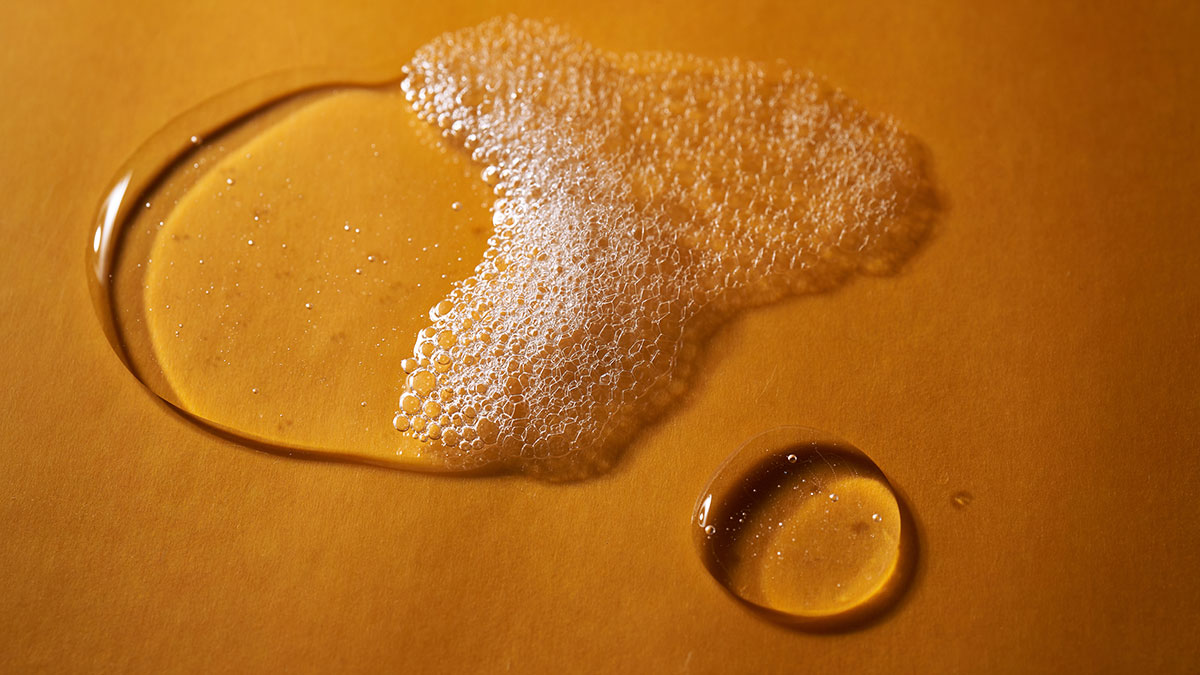1 min read
Glycolipid Market Expands as Production Technology Improves
ResourceWise
:
Sep 14, 2020 12:00:00 AM

Several biotechnology and specialty chemical companies are ramping up marketing and commercialization of microbial-based surfactants, especially glycolipids like rhamnolipid and sophorolipids, as fermentation, extraction, and purification processes for these surfactants have vastly improved compared to even a few years back. Production yields of these glycolipids have reportedly improved, and premiums over fossil-based surfactants have also declined, even though the global production volume for microbial surfactants remains low.
Germany-based specialty chemicals firm Evonik is considering constructing a new major rhamnolipids production in expectation of significant growth in demand for the glycolipids-based surfactant. The company, however, has not disclosed any specific information on its planned new rhamnolipids production, although there were news reports that the new rhamnolipids plant will produce low double-digit kilotons starting in 2023.
Evonik said it has developed an especially efficient surfactant based on rhamnolipids in cooperation with Unilever. The two companies have been working together on developing rhamnolipids-based surfactants since 2015. Evonik started marketing its rhamnolipids in 2018 under the trade name RHEANCE. Unilever has then been using the rhamnolipids surfactant in its dishwashing detergent brand, Quix, marketed in Chile. The product is expected to be introduced in other countries.
Evonik Fermas is currently producing around 5,000 liters annually of its glucose-based rhamnolipid surfactant at a fermentation facility in Slovenska, Lupča in Slovakia. Since 2015, the facility has also produced sophorolipids trademarked Rewoferm SL derived from the yeast C.bombicola. Ecover was one of the first companies to use products made by Evonik containing sophorolipids. Sophorolipids are ideal for applications such as hand washing and hard surface cleaning. While there are a few limitations regarding end-market applications for rhamnolipids, the biosurfactant is harder to produce than sophorolipids.




